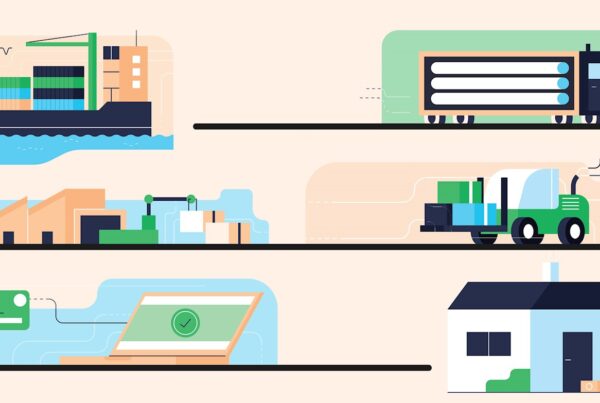Happy New Year! As we kick off 2019, we decided to ask members of the team at Gravity Supply Chain Solutions what their predictions were for the retail supply chain this year. ‘Hot off the press’ are three of our top predictions!
/top3-prediction-blog-banner.jpg)
1. Greater Customer Volatility
Generation Z (16 to 21-year-old) consumers are predicted to be the largest generation of consumers over the next two years. In a previous blog, we mentioned how Gen Z grew up using social media platforms, and how as a result, they are heavily influenced by online peers compared to previous generations. These influences have, in turn, resulted in consumer preferences undergoing a rapid rate of change. Retailers will find it a challenge to keep pace with the fluctuating demands of this younger generation which will make them look to digitize their supply chain management processes, helping them increase their speed to market as new products suddenly become fashionable and on-trend.
/Greater%20customer%20volatility.jpg)
Retailers can expect to achieve the most significant gains in speed to market if they digitize their pre-production phase, i.e. from design brief to production. This phase typically involves a lot of manual procedures, such as sourcing quotes from many different vendors, which is a time-consuming process, especially if done manually. In a best case scenario for a supply chain using mostly analog processes, digitization can automate, and thereby reduce the pre-production phase of a retailer from 15 weeks down to five weeks, which equates to a staggering 67 percent reduction!
2. Making Supply Chains Cognitive By Design
To further improve their speed to market and ensure in-store availability in the years to come, retailers will start planning on how to move beyond a digitized supply chain, to one which is cognitive by design. A cognitive supply chain is powered by AI and ML, employing predictive and prescriptive analytics to predict changes in demand, making data-driven optimizations to achieve timely delivery autonomously, with little or no need for human intervention. Once supply chains become cognitive, they will be entirely consumer-centric, and outward facing, enabling retailers to satisfy their customers in the fastest, smartest, and most efficient way possible.
/Making%20supply%20chains%20cognitive.jpg)
There are multiple stages involved in adopting a fully cognitive supply chain. As such, very few retailers will be immediately ready and capable of leaping into what they might consider the ‘unknown.’ The journey begins with digitizing the supply chain – the first stepping stone to becoming cognitive in the long run. Our whitepaper, scheduled for release in late January 2019, will examine the stages involved in creating a cognitive supply chain. Don’t forget to keep an eye out for it!
3. The Supply Chain Will Have The Support Of Distributed Technology
Distributed technology, like IoT devices that collect data at the edge (i.e., as close as possible to where an event happens), will support the supply chain. Such devices minimize the latency at which data gets received concerning factors which adversely impact the supply chain (such as data on logistics disruptions), allowing optimizations that benefit the end consumer to get made instantly. For example, at Gravity Supply Chain Solutions, we use IoT sensors to track the location, ETA, temperature, humidity, pressure, light, and shock conditions for goods in transit. As a result, retailers can know ahead of time if the conditions of their products have deteriorated in transit, or if their shipment experiences delay, and if so how to take quick action (such as ordering replacement items) to ensure on-time, in-full delivery and not miss out on sales opportunities.
/Distributed%20technology.jpg)




